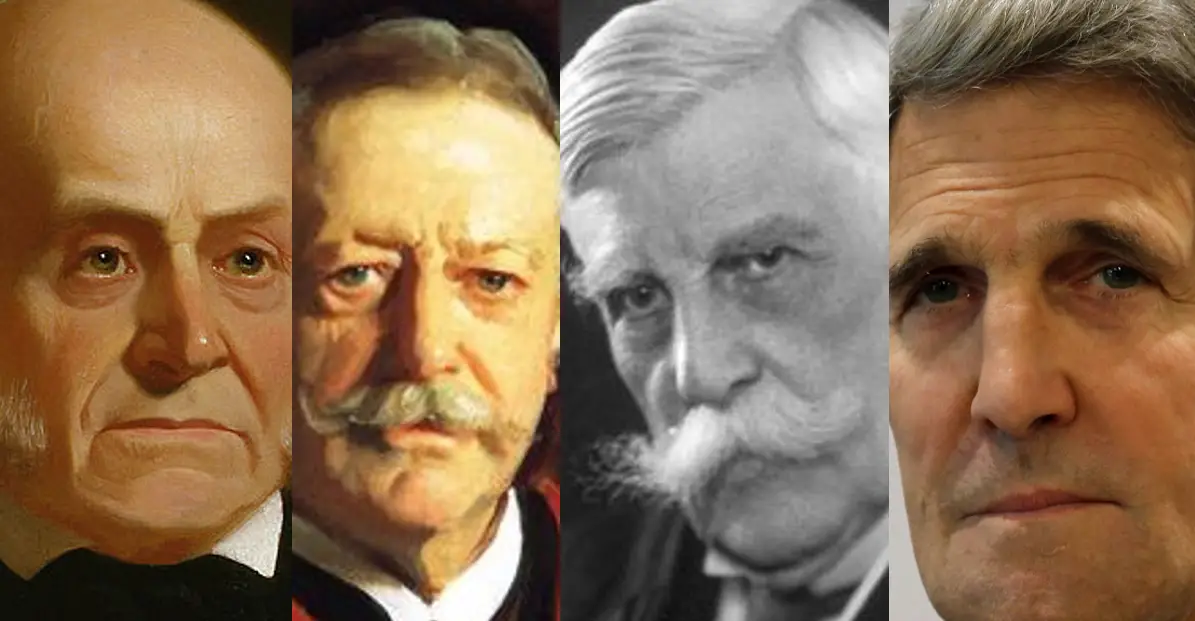The Boston Brahmins, also known as the "Brahmin class" or "blue bloods," were a group of wealthy, influential, and intellectually elite families who played a significant role in shaping the cultural, social, and economic landscape of America. With their roots in the early colonial period, the Boston Brahmins dominated Boston’s society for over two centuries, exerting a profound influence on American politics, education, literature, and arts.

Early Beginnings (1600s-1700s)
The Boston Brahmins were descended from English colonists who arrived in Massachusetts in the early 17th century. These early settlers, including the Winthrops, Dudleys, and Eliots, were primarily from the English gentry and aristocracy. They brought with them their values, customs, and traditions, which would eventually become the hallmarks of the Boston Brahmin class.
During the colonial period, the Boston Brahmins established themselves as the dominant force in Boston’s society. They controlled the local government, commerce, and education, and their influence extended to the other colonies. The Brahmins were instrumental in shaping the Massachusetts Bay Colony’s laws, institutions, and cultural norms, which would later become the foundation of American democracy.
The Golden Age (1800s)
The 19th century is often referred to as the "Golden Age" of the Boston Brahmins. During this period, they reached the height of their power and influence. Families such as the Lowells, Cabots, and Saltonstalls became synonymous with wealth, sophistication, and intellectual pursuits.
The Boston Brahmins were patrons of the arts, and their support helped establish Boston as a center of cultural and literary excellence. They funded institutions such as the Boston Athenaeum, the Museum of Fine Arts, and the Boston Symphony Orchestra, which became models for similar organizations across the country.
The Brahmins were also instrumental in shaping America’s educational system. They founded some of the country’s most prestigious institutions, including Harvard University, the Massachusetts Institute of Technology (MIT), and the Boston Latin School. These institutions attracted scholars and students from all over the world, cementing Boston’s reputation as a hub of intellectual inquiry and innovation.
Politics and Public Service
The Boston Brahmins were active in politics and public service, producing many notable figures who played important roles in shaping America’s history. Some notable examples include:
- John Adams, second President of the United States
- John Quincy Adams, sixth President of the United States
- Charles Sumner, abolitionist and Senator
- William Lloyd Garrison, abolitionist and journalist
- Henry Cabot Lodge, Senator and historian
The Brahmins were also influential in shaping America’s foreign policy, with many serving as diplomats, ambassadors, and secretaries of state. Their international connections and cosmopolitan outlook helped shape America’s role in global affairs.
Decline and Legacy (1900s-2000s)
The Boston Brahmins’ influence began to wane in the early 20th century, as other groups, such as the Irish and Italians, began to arrive in Boston and challenge their dominance. The decline of the Brahmins was also hastened by the rise of new industrial and financial centers in the United States, which eroded Boston’s economic and cultural preeminence.
Despite their decline, the Boston Brahmins left an enduring legacy in American society. Their commitment to education, arts, and public service helped establish Boston as a center of cultural and intellectual excellence, and their influence can still be seen in many aspects of American life.
FAQs
- Who were the Boston Brahmins?
The Boston Brahmins were a group of wealthy, influential, and intellectually elite families who dominated Boston’s society for over two centuries. - What were the key characteristics of the Boston Brahmins?
The Boston Brahmins were known for their wealth, intellectual pursuits, and commitment to public service. They were also characterized by their English ancestry, Episcopal faith, and conservative values. - What was the significance of the Boston Brahmins in American history?
The Boston Brahmins played a significant role in shaping America’s cultural, social, and economic landscape. They were instrumental in establishing Boston as a center of intellectual and artistic excellence, and their influence extended to many areas of American life, including politics, education, and literature. - How did the Boston Brahmins decline?
The Boston Brahmins’ influence began to wane in the early 20th century, as other groups arrived in Boston and challenged their dominance. The decline of the Brahmins was also hastened by the rise of new industrial and financial centers in the United States, which eroded Boston’s economic and cultural preeminence. - What is the legacy of the Boston Brahmins?
The Boston Brahmins left an enduring legacy in American society, with their commitment to education, arts, and public service helping to establish Boston as a center of cultural and intellectual excellence. Their influence can still be seen in many aspects of American life, from politics and education to literature and the arts.
Conclusion
The Boston Brahmins were a unique and influential group who played a significant role in shaping America’s cultural, social, and economic landscape. Their commitment to education, arts, and public service helped establish Boston as a center of intellectual and artistic excellence, and their influence extended to many areas of American life. While their dominance has waned, their legacy continues to be felt, and their impact on American society remains profound. As we look to the future, it is essential to understand and appreciate the contributions of the Boston Brahmins, and to recognize the enduring influence they have had on American history and culture.
Closure
Thus, we hope this article has provided valuable insights into The History of Boston Brahmin Influence in America. We thank you for taking the time to read this article. See you in our next article!




